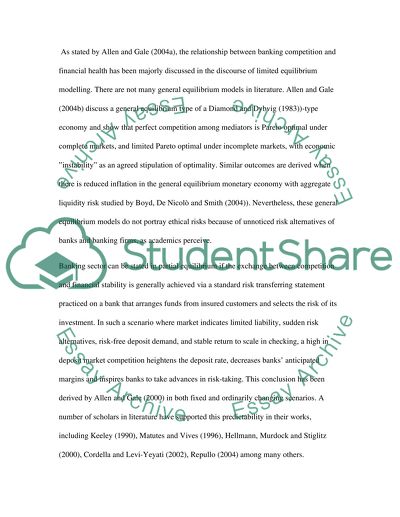Cite this document
(“Equilibrium and competition in the banking sector Literature review”, n.d.)
Retrieved from https://studentshare.org/finance-accounting/1396282-equilibrium-and-competition-in-the-banking-sector
Retrieved from https://studentshare.org/finance-accounting/1396282-equilibrium-and-competition-in-the-banking-sector
(Equilibrium and Competition in the Banking Sector Literature Review)
https://studentshare.org/finance-accounting/1396282-equilibrium-and-competition-in-the-banking-sector.
https://studentshare.org/finance-accounting/1396282-equilibrium-and-competition-in-the-banking-sector.
“Equilibrium and Competition in the Banking Sector Literature Review”, n.d. https://studentshare.org/finance-accounting/1396282-equilibrium-and-competition-in-the-banking-sector.


